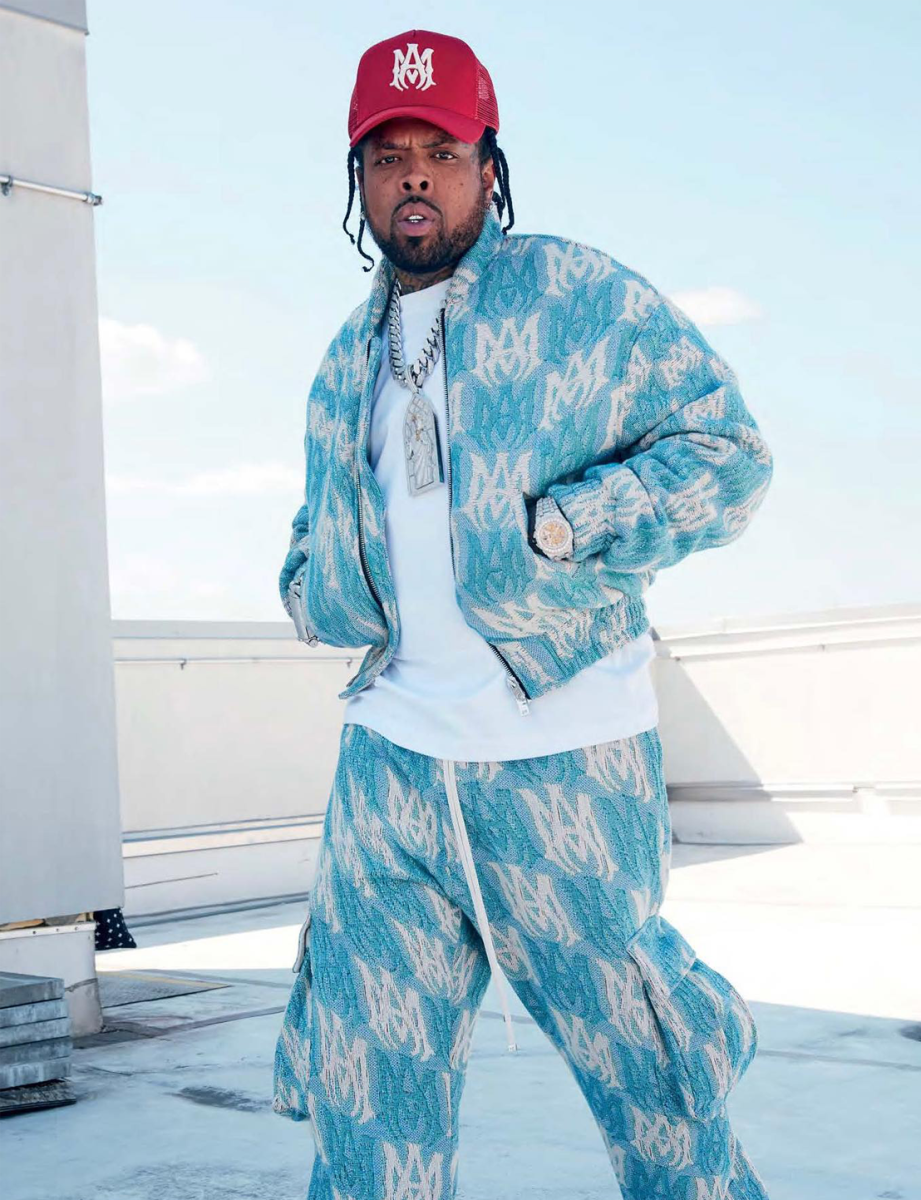The Best Fabrics to Look for in Branded Clothing for Summer
The Best Fabrics to Look for in Branded Clothing for Summer
Blog Article
Comprehending Clothes: The Relevance of Fabric Options in Your Wardrobe
The choice of material in garments plays a critical duty in both visual appeals and performance. Different materials supply differing levels of breathability, durability, and comfort, directly influencing the user's experience. Understanding these subtleties can improve one's closet markedly. Several neglect how these options can impact not simply personal design, however likewise sustainability. What textile decisions could redefine your closet and straighten it with both design and obligation?
The Role of Material in vogue and Performance

Typical Material Types and Their Characteristics
When choosing clothing, understanding the attributes of common material types is crucial for making educated options. Cotton, a widely-used natural fiber, is understood for its breathability, flexibility, and soft qualities, making it suitable for informal wear and everyday garments. Linen, an additional all-natural option, flaunts excellent moisture-wicking residential or commercial properties and a distinct structure, suitable for cozy climates.Wool, frequently favored for its warmth and longevity, varies in fineness; merino woollen is soft versus the skin, while coarser kinds are made use of for outerwear. Artificial textiles like polyester and nylon supply sturdiness and resistance to wrinkles, making them popular for activewear and traveling garments. Blends, which combine natural and artificial fibers, can improve performance while maintaining comfort. By recognizing these textile characteristics, people can pick clothing that aligns with their way of living and aesthetic preferences.
Breathability and Convenience: Picking the Right Fabrics for Different Environments
Picking the right textiles for different environments can significantly enhance convenience and overall wearability. Breathable materials are necessary in warm environments, as they permit air flow and dampness evaporation. Fabrics such as cotton, bed linen, and moisture-wicking synthetics successfully draw sweat far from the body, maintaining the wearer cool and completely dry. On the other hand, in chillier environments, thicker materials like wool or fleece give insulation while retaining breathability, ensuring heat without overheating.Additionally, the choice of fabric weight plays a vital duty; light-weight materials are preferable for summer, whereas larger alternatives are fit for winter season wear. Comprehending the one-of-a-kind residential properties of each fabric enables people to clothe appropriately for differing climate condition. Ultimately, choosing breathable and comfy textiles customized to particular climates can considerably boost daily convenience and boost the general experience of putting on garments.
Sturdiness and Treatment: How Fabric Affects Durability of Your Wardrobe
Choosing the ideal products can greatly affect the durability and treatment requirements of a wardrobe. Fabrics such as cotton and polyester are understood for their strength and ease of upkeep, making them optimal for day-to-day wear. On the other hand, delicate materials like silk and lace need even more cautious handling and specialized cleansing techniques, which can boost the moment and initiative required for care. Branded Clothing.Durability is likewise influenced by the textile's weave and surface; snugly woven textiles often tend to resist wear and tear far better than freely woven alternatives. Additionally, artificial blends commonly supply boosted toughness, incorporating the very best high qualities of numerous fibers.Understanding the care instructions for each textile is important, as improper drying or washing can lead to premature wear. Ultimately, selecting sturdy products can result in a longer-lasting closet, decreasing the frequency of replacements and adding to a much more sustainable style option
The Impact of Fabric on Fit and Shape

Lasting Fabric Options: Making Eco-Friendly Choices
The influence of material prolongs beyond fit and silhouette to encompass environmental variables, motivating an expanding rate of interest in sustainable textile choices. Environment-friendly materials, such as natural cotton, hemp, and Tencel, are obtaining traction among consumers that prioritize sustainability in their wardrobes. These products are usually created with less chemicals and water, decreasing their environmental footprint.Additionally, recycled materials, made from post-consumer waste, use a cutting-edge solution to the fabric market's contamination problem. Brands significantly accept openness in their sourcing techniques, enabling consumers to make informed choices about their purchases.Choosing sustainable fabrics not only sustains ethical methods however also urges the fashion business to take on more liable manufacturing techniques. As awareness of ecological concerns rises, people are urged to assess the long-term effect of their fabric selections, promoting a movement towards a much more sustainable and environmentally conscious method to fashion.
Boosting Style: Exactly How Textile Can Transform a Clothing
While numerous may concentrate on color and cut when picking an outfit, the option of textile plays an essential function in raising design and enhancing general look. Different materials convey distinct state of minds and messages; for instance, silk shows high-end and refinement, while denim supplies a laid-back, kicked back vibe. The appearance and drape of a fabric can considerably modify the silhouette, with structured fabrics offering a sleek look and softer ones producing a more fluid, kicked back aesthetic.Moreover, the weight of the material influences wearability across seasons. Light-weight textiles like bed linen and cotton are excellent for summer, while much heavier products such as woollen and velour offer warmth and elegance in colder months. Recognizing fabric residential or commercial properties, such as breathability and stretch, likewise encourages individuals to make informed selections that boost comfort without compromising style. Eventually, the right fabric can transform a clothing from regular to extraordinary, making it a crucial factor to consider in any type of wardrobe.
Regularly Asked Inquiries
Just how Do I Recognize the Textile Web Content of My Garments?
To determine textile web content, one can examine care labels, conduct shed tests for fiber identification, or speak with fabric examples. These methods aid separate materials, ensuring educated choices for clothing treatment and maintenance in day-to-day wear.
Can Fabric Selection Affect My Mood or Self-confidence?
Material choice can considerably affect an individual's state of mind and confidence. Branded Clothing. Certain materials might evoke feelings of comfort or elegance, while others can feel uncomplimentary or limiting, inevitably affecting self-perception and psychological health throughout the day
What Fabrics Are Ideal for Sensitive Skin?
For people with delicate skin, all-natural fabrics like bed linen, bamboo, and cotton are usually suggested. These products are breathable, hypoallergenic, and much less most likely to create irritation, making them suitable options for convenience and skin health and wellness.
Exactly how Do I Properly Clean and Take Care Of Different Fabrics?
To appropriately care and clean for different fabrics, one have to consider each material's specific demands, including temperature level settings, cleaning agents, and drying approaches, making certain longevity and maintaining straight from the source the textile's initial qualities for perfect usage.
Are There Details Fabrics for Athletic or Performance Use?
Athletic or efficiency wear usually utilizes fabrics such as polyester, nylon, and spandex. These materials are made for moisture-wicking, breathability, and versatility, enhancing activity and convenience during physical tasks while giving resilience and support. Alternatively, in colder environments, thicker fabrics like wool or fleece supply insulation while keeping breathability, making certain heat without overheating.Additionally, the choice of fabric weight plays a crucial function; light-weight fabrics are better for summer season, whereas larger alternatives are matched for wintertime wear. In contrast, fragile go to these guys products like silk and lace call for even more cautious handling and specialized cleaning techniques, which can raise the time and initiative required for care.Durability is also affected by the textile's weave and finish; tightly woven textiles tend to stand up to wear and tear better than loosely woven options. In contrast, stiff textiles can restrict activity yet provide a traditional, sleek look.Moreover, the density and appearance of the material can influence the visual perception of body form. The effect of fabric expands past fit and shape to incorporate environmental factors, triggering an expanding passion in sustainable material options. The structure and drape of a fabric can considerably alter the silhouette, with organized textiles offering a polished look and softer ones producing a more fluid, unwinded aesthetic.Moreover, the weight of the textile influences wearability across seasons.
Report this page